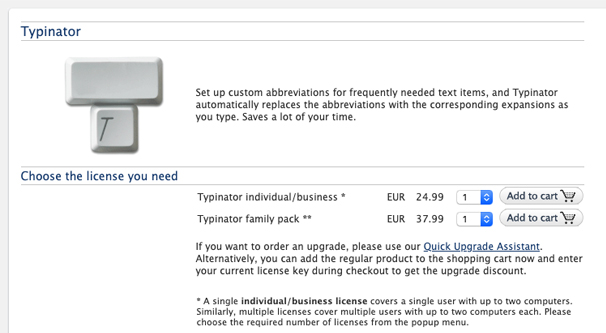

We don’t use it to make calls often but being able to look up directions, find restaurants and translate menus while we’re out makes life much easier.

Simon taking photos of Lake Atitlan with his iPhone 6Ĥ) Phone: iPhone 6 (Simon) and iPhone 5 (Erin) – We managed for years without a phone but it is incredibly useful to have. Unless you are really serious about photography you might want to skip a camera and use your smartphone (we use our phone for many photos). I use the Olympus 14-42mm kit lens and the tiny Panasonic 20mm f1.7 pancake lens which is great in low light and for food photography. I think mirrorless cameras are the perfect compromise for travellers between quality and weight. I haven’t missed the SLR at all in fact the EM-5 is a much better camera, especially in low light. We carry each other’s hard drive so all the data isn’t in one place.ģ) Camera: Olympus OM-D EM-5 mirrorless camera – I switched from a Canon DSLR to a mirrorless camera two years ago and reduced my gear weight by 33%. Simon likes the Mac Pro for more power and a bigger, retina screen, so this is a good option if you are doing a lot of design or video work.Ģ) Hard Drive: Western Digital My Passport 1 TB (Simon) and Seagate Backup Plus Slim 1 TB (Erin) – Backing up is essential and it’s easy to do with Time Machine (for Mac).
Typinator coupon update#
It’s been four years since our last post on digital nomad resources so it’s time for an update on the technology and equipment that makes our nomadic life possible.ġ) Laptop: Macbook Pro 16 inch (Simon) and Macbook Air 13 inch (Erin) – I think the Macbook Air is the perfect travel laptop-light, powerful, and sturdy. Please read our disclosure for more info.


 0 kommentar(er)
0 kommentar(er)
